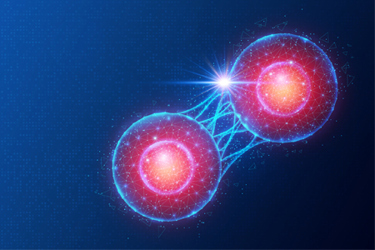Vertical Wheel Application Guide For Mesenchymal Stromal Cells And Pluripotent Stem Cells

The use of human induced pluripotent stem cells (hiPSCs) for cell and gene therapy development is gaining popularity due to their capacity for self-renewal and differentiation into a multitude of cell types. However, they also have complex hydrodynamics and shear sensitivity, requiring alternative technology to overcome culture heterogeneity and limited expansion.
Here, we demonstrate how Vertical-Wheel Bioreactors maintain optimal and consistent cell yield, morphology, and surface marker expression when scaling up from PSC aggregate culture from 100mL to 3L working volumes. Under the tested operating conditions, both TC1133 and PLX1 hiPSC lines demonstrated predictable growth and linear scale-up, maintaining cells/mL concentrations and nearly identical overall specific growth rates between the 0.1L and 3L bioreactor systems. No cell loss or lag phase was observed after inoculation.
The aggregate formation at day 1, followed by aggregate growth and morphology through day 5, is demonstrated to be healthy and consistent for both cell lines and bioreactor scales. Furthermore, both TC1133 and PLX1 cell lines maintained high levels of pluripotency marker expression on day 5 of expansion in the 3L bioreactor systems.
Access the full application guide to learn more about the advantages of using Vertical-Wheel Bioreactors for hiPSC expansion.
Get unlimited access to:
Enter your credentials below to log in. Not yet a member of ECM Connection? Subscribe today.
